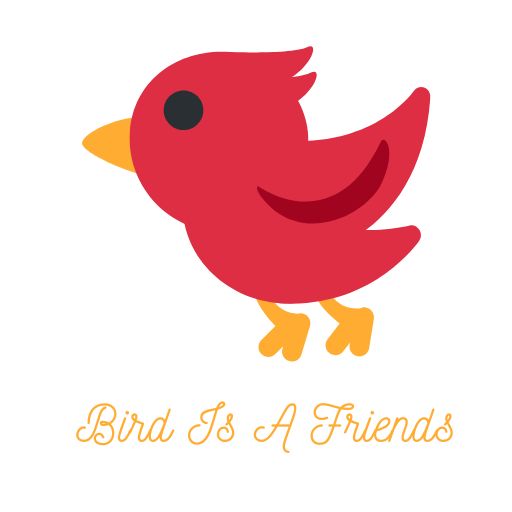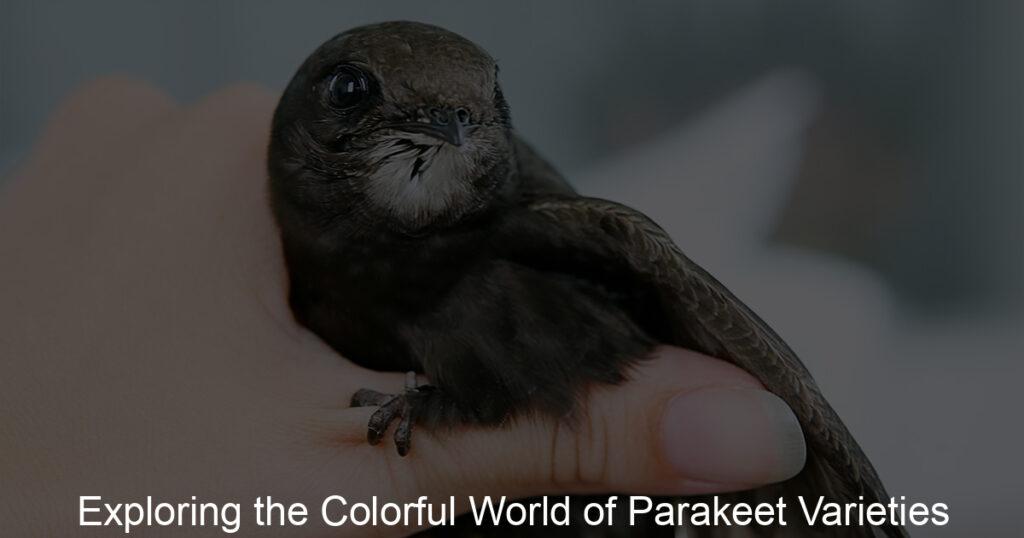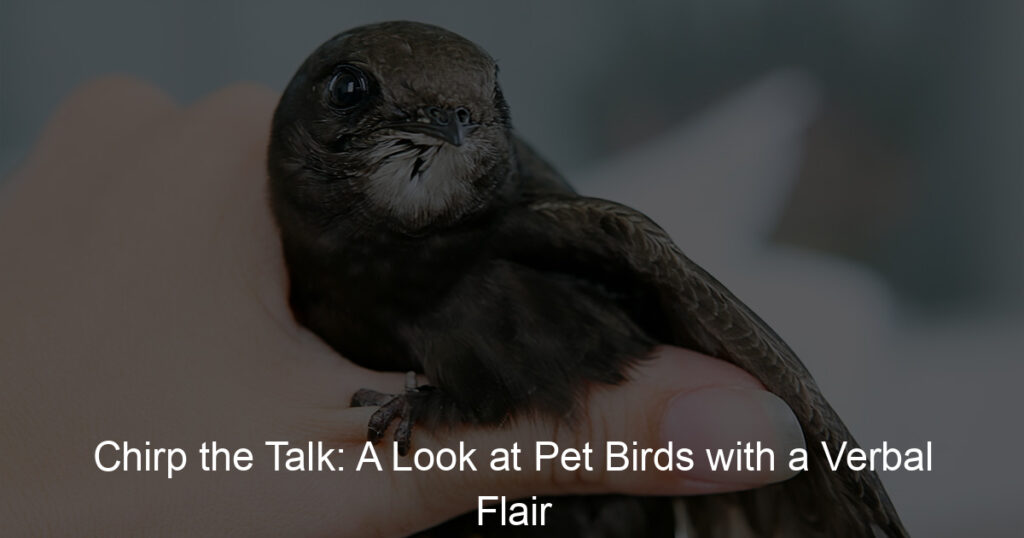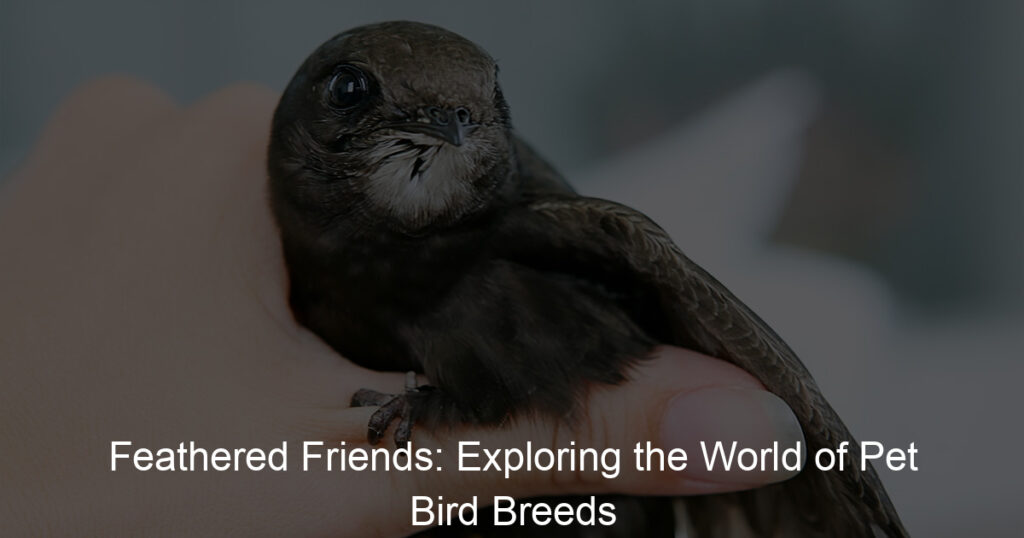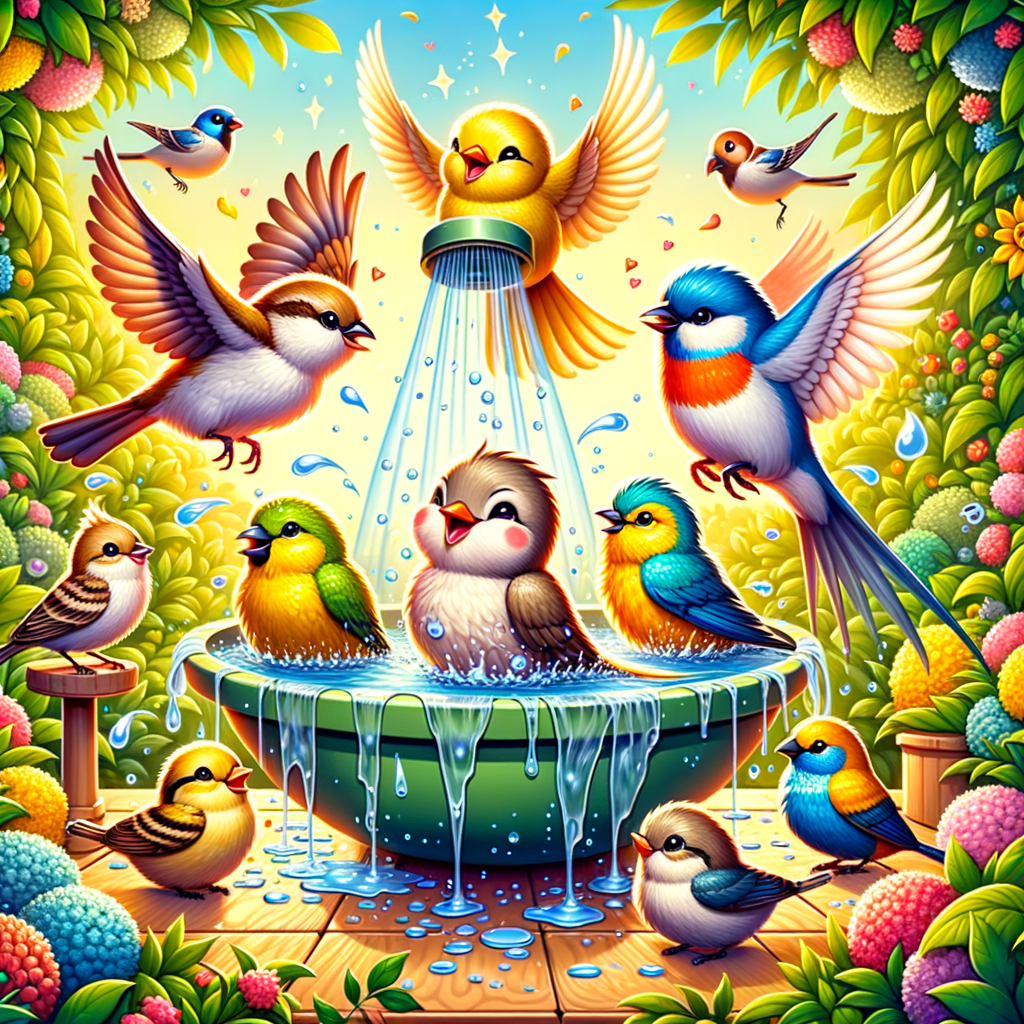
Introduction to Bird Bathing Bliss
Welcome to the world of bird bathing, a crucial part of bird care that often goes overlooked. In this post, we will explore the importance of bird hygiene and how cleanliness can contribute to a bird’s happiness.
- The Importance of Bird Hygiene
- Understanding Bird Happiness Through Cleanliness
Just like humans, birds also need to maintain good hygiene for their overall health and well-being. Regular bathing helps birds keep their feathers clean, which is essential for their ability to fly and regulate their body temperature. Moreover, a clean bird is less likely to attract parasites and diseases, ensuring a longer, healthier life.
Did you know that cleanliness can significantly impact a bird’s happiness? Birds take great pleasure in bathing. It’s not just about hygiene; it’s also a form of play and relaxation for them. A clean bird is a happy bird. Observing a bird splashing water around and preening its feathers after a bath is a sure sign of a content and satisfied bird.
In the following sections, we will delve deeper into bird bathing tips for a happy bird, maintaining clean bird baths, bird care tips beyond bathing, and real-life bird bathing techniques in action. Stay tuned to uncover the secrets to bird bathing bliss.
Bird Bathing Tips for a Happy Bird
Providing a bird bath for your feathered friends is a wonderful way to keep them happy and healthy. However, not all bird baths are created equal. There are certain factors to consider when choosing the right bird bath.
Choosing the Right Bird Bath
When it comes to selecting the perfect bird bath, there are two main factors to consider: the size and depth of the bath, and the material it’s made from. Let’s take a closer look at these considerations.
- Size and Depth Considerations
- Material Preferences
The size and depth of your bird bath can greatly affect its usability for birds. A bird bath that is too deep can be dangerous for smaller birds, while a bath that is too shallow may not hold enough water for larger birds. As a rule of thumb, the ideal bird bath should be around 2-3 inches deep. If you have a variety of bird species visiting your yard, consider a bath with varying depths to accommodate all sizes.
The material of your bird bath can affect its durability and attractiveness to birds. Stone and ceramic bird baths are popular choices due to their natural look and durability. However, they can be heavy and difficult to clean. Plastic bird baths are lightweight and easy to clean, but they may not be as durable or attractive to birds. Consider your own maintenance preferences and the preferences of your local bird species when choosing a material.
In conclusion, choosing the right bird bath involves considering the size, depth, and material of the bath. By taking these factors into account, you can provide a safe and enjoyable bathing environment for your feathered friends.
Setting the Perfect Bathing Environment
Creating the perfect bathing environment for your bird is essential to ensure they enjoy their bath and get the most out of it. This involves two main aspects: temperature control and creating a safe and comfortable space.
- Temperature Control
Just like humans, birds prefer their baths to be at a comfortable temperature. Too hot or too cold, and your bird may not want to bathe at all. The ideal water temperature for most birds is around room temperature, which is approximately 20-22 degrees Celsius (68-72 degrees Fahrenheit). However, it’s important to note that this can vary depending on the species of your bird. Always observe your bird’s behavior during bath time. If they seem uncomfortable or reluctant to enter the water, it may be too hot or too cold.
- Creating a Safe and Comfortable Space
Another important aspect of setting the perfect bathing environment is ensuring the space is safe and comfortable for your bird. This means choosing a location that is free from drafts, loud noises, and other potential disturbances. The bath should also be placed on a stable surface to prevent it from tipping over. Additionally, the bathing area should be easy for your bird to enter and exit. You might want to consider adding a non-slip mat to the bottom of the bath to prevent your bird from slipping. Remember, a comfortable bird is a happy bird!
In conclusion, setting the perfect bathing environment for your bird involves careful temperature control and creating a safe, comfortable space. By paying attention to these details, you can ensure your bird enjoys their bath time and stays clean and healthy.
Clean Bird Tips: Maintaining Clean Bird Baths
Keeping your bird bath clean is not just about aesthetics. It’s about the health and happiness of your feathered friends. Let’s explore some regular cleaning techniques that can help maintain a clean bird bath.
Regular Cleaning Techniques
Regular cleaning of your bird bath is crucial to prevent the buildup of algae and harmful bacteria. Here are two key factors to consider:
- Frequency of cleaning
- Safe cleaning materials
Cleaning your bird bath should be a regular activity. Aim to clean it at least once a week. If you notice the water becoming cloudy or see debris in the bath, clean it immediately. Regular cleaning keeps the bath inviting and safe for birds.
When cleaning your bird bath, avoid using harsh chemicals that can harm birds. Instead, use a mixture of one part vinegar to nine parts water. This natural cleaning solution effectively removes dirt and is safe for birds. Scrub the bath with a brush, rinse thoroughly, and refill with fresh water.
Remember, a clean bird bath not only attracts more birds but also keeps them healthy and happy. So, make regular cleaning a part of your bird care routine.
Preventing Algae and Bacteria Buildup
Keeping your bird bath clean is not just about making it look nice. It’s also about keeping your feathered friends healthy. Algae and bacteria can build up in bird baths, which can make birds sick. But don’t worry, there are easy ways to prevent this from happening.
- Use of Natural Deterrents
- Importance of Water Change
One of the best ways to prevent algae and bacteria buildup is by using natural deterrents. These are things that naturally stop algae and bacteria from growing. For example, adding a few drops of apple cider vinegar to the water can help. It’s a natural deterrent that’s safe for birds. But remember, only a few drops are needed. Too much vinegar can harm the birds.
Changing the water in your bird bath regularly is another great way to prevent algae and bacteria buildup. When you change the water, you’re removing any algae or bacteria that might be starting to grow. It’s a good idea to change the water at least once a week. But if it’s very hot outside, you might need to change it more often. The heat can make algae and bacteria grow faster.
By using natural deterrents and changing the water regularly, you can keep your bird bath clean and healthy for your feathered friends. Remember, a clean bird bath is a happy bird bath!
| Prevention Method | How Often |
|---|---|
| Use of Natural Deterrents | As needed |
| Water Change | At least once a week |
Bird Care Tips: Beyond Bathing
While bathing is an essential part of bird care, there are other aspects that are equally important. One such aspect is feeding. The right diet can make a significant difference in your bird’s health and happiness.
Feeding for Health and Happiness
Feeding your bird properly is not just about providing food. It’s about providing the right food and supplementing their diet for optimal health. Let’s delve into these two important aspects.
- Choosing the Right Bird Food
- Supplementing Diet for Optimal Health
Choosing the right food for your bird is crucial. Birds are not all the same, and neither are their dietary needs. For instance, parakeets thrive on a diet of seeds, fruits, vegetables, and grains. On the other hand, canaries prefer a diet rich in seeds, greens, and fruits.
It’s important to research your bird’s species to understand their specific dietary needs. You can also consult with a vet to get a personalized diet plan for your bird.
Even with the right food, your bird’s diet may still lack certain nutrients. That’s where supplements come in. They can help fill any nutritional gaps in your bird’s diet.
For instance, calcium supplements can be beneficial for birds, especially those laying eggs. Vitamin supplements can also be helpful, particularly for birds on a seed-only diet, as seeds often lack essential vitamins.
However, it’s important to remember that supplements should not replace a balanced diet. They are meant to complement the diet, not substitute it. Always consult with a vet before adding any supplements to your bird’s diet.
In conclusion, feeding your bird goes beyond just providing food. It’s about providing the right food and supplementing their diet for optimal health. Remember, a healthy bird is a happy bird!
Providing Mental Stimulation
Just like humans, birds also need mental stimulation to stay happy and healthy. This can be achieved through interactive toys and activities, and social interaction. Let’s delve into these aspects a bit more.
- Interactive Toys and Activities
- Importance of Social Interaction
Interactive toys and activities play a crucial role in keeping your bird mentally stimulated. They not only provide entertainment but also challenge your bird’s intellect. For instance, puzzle toys with hidden treats inside can keep your bird engaged for hours. Similarly, toys that make sounds or have mirrors can also be fascinating for birds. Remember, variety is key. Rotate the toys every few days to keep things interesting.
Social interaction is another essential aspect of mental stimulation for birds. Birds are naturally social creatures. In the wild, they live in flocks and engage in various social activities. When kept as pets, they still crave this interaction. Spend time with your bird daily, talking to it, and letting it out of its cage for supervised playtime. This not only keeps your bird mentally stimulated but also strengthens your bond with it.
In conclusion, providing mental stimulation for your bird is not a daunting task. With the right toys and regular social interaction, you can keep your bird happy and mentally healthy. Remember, a mentally stimulated bird is a happy bird!
Case Studies: Bird Bathing Techniques in Action
In our quest to understand the best bird bathing techniques, we’ve studied various scenarios. Let’s delve into the first case study.
Case Study 1: The Parakeet’s Paradise
Our first case study focuses on a common household bird, the parakeet. This vibrant bird has unique bathing needs that we explored in detail.
- Challenges faced: Parakeets are known for their playful nature and love for water. However, the owner of the parakeet faced a challenge in providing a suitable bathing environment. The bird’s bath was either too shallow or too deep, causing discomfort for the bird.
- Solutions implemented: The owner decided to experiment with different types of bird baths. They finally settled on a medium-sized, shallow bird bath with a textured bottom. This provided the bird with a secure footing and enough depth to splash around without fear of drowning. The owner also introduced bathing times to ensure the bird’s feathers were adequately cleaned.
- Results and key takeaways: The parakeet’s overall health and happiness improved significantly after the changes. The bird was more active, its feathers were cleaner, and it seemed more content. The key takeaway from this case study is the importance of a suitable bird bath and a consistent bathing schedule for a bird’s overall well-being.
Understanding the unique needs of each bird species is crucial to providing them with a suitable bathing environment. In our next case study, we will explore the bathing needs of the canary.
Case Study 2: The Canary’s Cleanliness
Let’s delve into our second case study, focusing on the cleanliness habits of a Canary bird. This case study will provide you with a clear understanding of the initial situation, the steps taken to improve it, and the outcomes and lessons learned from the experience.
- Initial situation
- Steps taken
- Outcomes and lessons learned
The Canary in question was a lovely, cheerful bird named Sunny. Sunny’s owner noticed that despite having a bird bath available, Sunny wasn’t bathing as often as expected. The bird bath was clean and filled with fresh water daily, but Sunny seemed hesitant to use it. This led to Sunny’s feathers looking a bit dull and unkempt.
The owner decided to take a few steps to encourage Sunny to bathe more frequently. First, the location of the bird bath was changed. It was moved from a corner of the cage to a more central location. Second, the owner started to sprinkle some water on Sunny’s feathers, mimicking rainfall, which is a natural trigger for birds to bathe. Finally, the owner introduced a bathing schedule, ensuring the bird bath was filled with warm water at the same time each day.
These changes had a positive impact on Sunny’s bathing habits. Sunny started to bathe more frequently, leading to cleaner, shinier feathers. The owner learned that even small changes, like the location of the bird bath and mimicking natural triggers, can significantly influence a bird’s bathing habits. This case study emphasizes the importance of understanding your bird’s preferences and creating a comfortable and natural environment for them.
| Initial Situation | Steps Taken | Outcomes |
|---|---|---|
| Sunny was not bathing frequently, leading to dull feathers. | Changed bird bath location, mimicked rainfall, introduced bathing schedule. | Sunny started to bathe more frequently, resulting in cleaner, shinier feathers. |
In conclusion, every bird is unique and may require different strategies to encourage regular bathing. Understanding your bird’s behavior and making small adjustments can lead to significant improvements in their cleanliness and overall health.
Conclusion: The Secrets to Bird Bathing Bliss
As we wrap up our journey into the world of bird bathing, let’s take a moment to recap the key points we’ve covered and why they’re so important. Remember, the goal is to create a safe, clean, and enjoyable environment for our feathered friends.
- Recap of bird bathing tips: We’ve learned that the location of the bird bath matters. It should be in a quiet, safe place, away from predators. The water should be shallow, ideally no more than 2-3 inches deep. Adding pebbles or stones can provide extra footing for the birds. It’s also important to change the water regularly, ideally every day, to keep it fresh and clean.
- Importance of maintaining clean bird baths: A clean bird bath is not just about aesthetics. It’s about health and safety. Dirty water can harbor bacteria and parasites that can harm birds. Regular cleaning, using a brush and mild detergent, can help prevent these issues. Also, remember to rinse thoroughly to remove any soap residue.
- Final thoughts on happy bird care: Bird care goes beyond just providing a bath. It’s about creating an environment where birds feel safe and comfortable. This includes providing food, shelter, and a place to nest. By taking these steps, you’re not just helping the birds; you’re also contributing to the overall health of your local ecosystem.
In conclusion, bird bathing is more than just a fun activity. It’s a responsibility. But with the right knowledge and a little effort, it can also be a source of great joy and satisfaction. So, go ahead, set up that bird bath, and watch as your backyard becomes a haven for birds.
